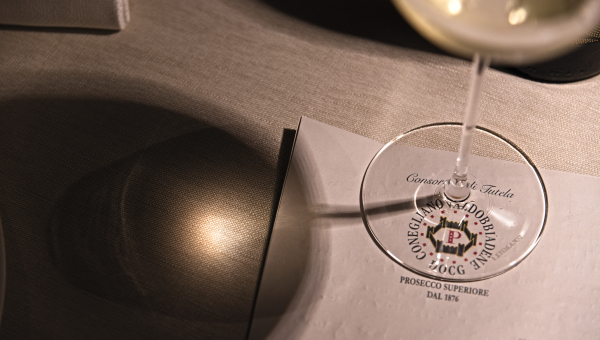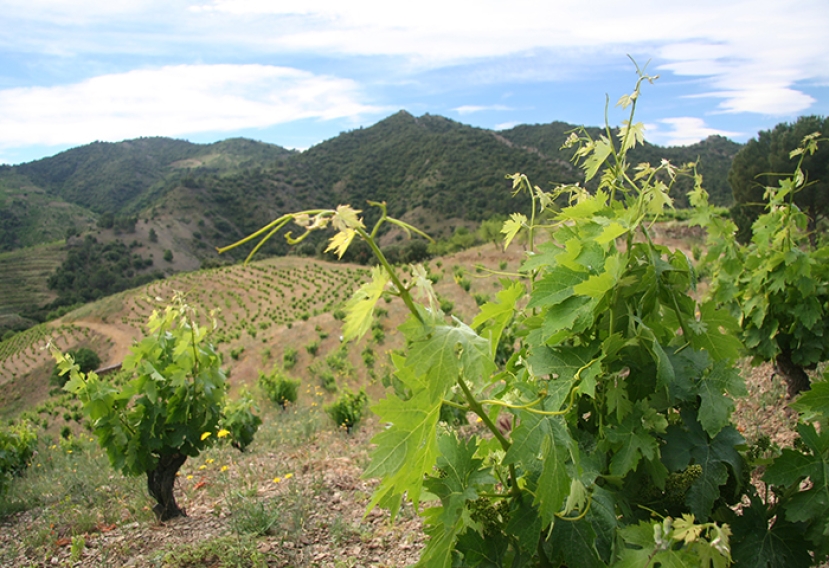BLOG
Regional Spotlight
Abbie Bennington
Regional Spotlight
Did someone say Lake Garda? You had me at Lake! Those were my first thoughts when asked to visit the area close to Italy’s largest lake and home of the Lugana DOC.
Emily Lester
Regional Spotlight
Uncovering the Secrets of Burgundy's Winemaking Tradition through Immersive Exhibitions, Workshops and Tastings...
Justin Martindale MW
Regional Spotlight
When I first joined the wine industry some 16 years ago, I was thrown in at the deep end specialising in selling the world’s finest wines to the well-heeled customers of Northwest London. In those early days, one of the topics that frequently plunged me under the water was when I had to sound...
Andrea Eby
Regional Spotlight
“Andreeeeea! There is no plane from Napoli to Ancona!” This was the incredulous cry that I heard from my Campanian friends when I told them how I was leaving their beautiful region to visit Marche. They were sure that when I arrived at the terminal, that what I thought was going to be a plane...
Tom Hyland
Regional Spotlight
Apart from the Côte d’Or in Burgundy, perhaps no other wine territory has been dissected in greater detail than the Barolo zone. This makes perfect sense, as these are arguably the two most ideal representations of the concept of terroir; just as Pinot Noir from one village in Burgundy reveals...
Jacopo Mazzeo
Regional Spotlight
Walking along the path that leads to the summit of the Cartizze hill, the town of Santo Stefano gradually emerges in the distance, its bell tower and a few quaint houses standing as a punctuation mark amidst the harmonious mosaic of woodland patches and vineyards. Like real-life topographic...
Jacopo Mazzeo
Regional Spotlight
Zaza Kbilashvili's workshop lies in the village of Vardisubani, a short distance west of Telavi, the cultural centre of Kakheti wine country in Eastern Georgia. From the outside, Zaza’s home might seem unassuming, but once through the gate, its rustic yet elegant and bucolic appeal unfolds. A...
Jacopo Mazzeo
Regional Spotlight
Ferran Adrià’s legendary restaurant El Bulli defined modernist cuisine. The restaurant had an undeniable influence on haute cuisine trends both in Spain and across the globe. For 13 years, its wine programme was led by sommelier Ferran Centelles. Ferran continues to work with Adrià at the...
Elizabeth Hecker
Regional Spotlight
Prioratans have a saying: Si ets calatà, de les pedres treuràs pa. Pero si ets a Priorati, treuràs vi. It means “The Catalan people make bread from stones, but the Prioratans make wine.” Their llicorella rock soils provide the kind of struggle that produces some of the most sought-after wines in...
Tom Hyland
Regional Spotlight
Taurasi, Southern Italy’s greatest red wine, has enjoyed a spectacular and highly distinctive history. The wine is capable of extremely lengthy cellaring, as examples from the 1940s and 1950s prove even today; in fact versions from the 1928 and 1934 vintages are still
Andrew Jefford
Regional Spotlight
For wine lovers, there are two Languedocs...
Joshua Dunning
Regional Spotlight
The Romans arrived in Piedmont during the 2nd century BC, establishing colonies in Eporedia, Derthona, and Augusta Taurinorum (Ivrea, Tortona, and Turin, respectively). These territories were strategically important—their locality to the Alps helped the Romans control northerly invaders. As was...
Tom Hyland
Regional Spotlight
When the Consorzio Brunello di Montalcino was established in 1967, one year after the wine received DOC status (it became one of the initial DOCG wines in 1980), there were only twenty-five members. Today, there are more than two hundred Brunello producers; given the reputation of this wine for...
Harriett Gifford
Regional Spotlight
North vs. south For over a century, the unanimity of the Champagne region has been called into question. Separated by departmental lines (départements being administrative regions in France), the Côte des Bar in the southern Aube department was often considered as that distant cousin who always...
Tom Hyland
Regional Spotlight
For much of the wine history of Abruzzo, large cooperatives established a perception that the region’s wines were pleasant and technically correct, but offered little in the way of excellence. Today, the image of Abruzzese wine has taken on a new light, as dozens of smaller producers are crafting...
Rick Fisher
Regional Spotlight
Bordeaux. Burgundy. Barolo. Rioja. Just the mere mention of any one of these wine regions conjures images of the world’s best wines all sharing the ability to age for decades. The wines of Rioja have earned their place amongst this elite group; and whilst consumer tastes may swing like a clock’s...
Kevin Day
Regional Spotlight
Whether it is in the bilingual wine labels of Alto Adige, or the occasional Slavic grape name in Friuli Venezia Giulia, Italian wine often reveals the duality of culture present in some of the country’s border regions. Tucked into Italy’s northwestern corner, Valle d’Aosta certainly demonstrates...
Tom Hyland
Regional Spotlight
The best-known wines of Piemonte, such as Barolo, Barbaresco, Roero Arneis and Moscato d’Asti are produced from grapes grown in the southern sector of the region; this includes the province of Cuneo and Asti, in districts such as the Langhe and Roero. But farther north, Alto Piemonte is a...
Richard Baudains
Regional Spotlight
The story goes that a couple of years ago, at a high society charity event in Milan a noted British rock star was served a sparkling wine that impressed him so much that he asked to be introduced to its producer who happened to be present at the event, and to whom he is reported to have said “This...
Tom Hyland
Regional Spotlight
I returned to Campania recently for the first time in three years and as with most Italian regions, discovered that not much had changed, at least as far as appearances are concerned. I did meet a few producers I hadn’t visited before, with one of them – Petilia – being a great new discovery for...




















